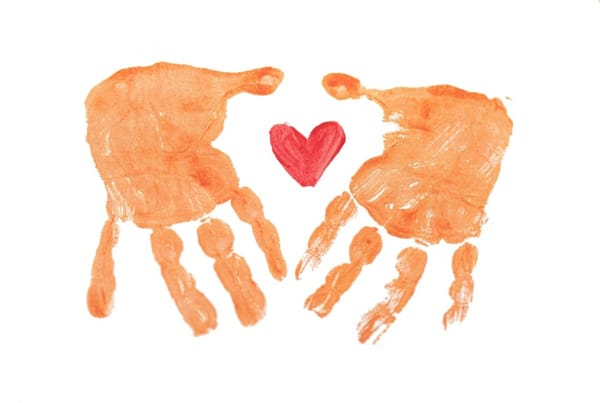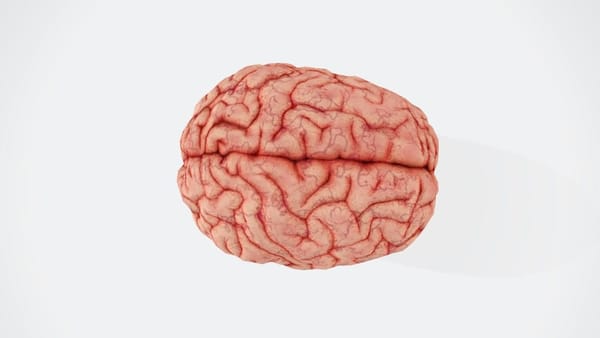Attention Deficit Hyperactivity Disorder (ADHD) is a complex neurodevelopmental condition that affects millions worldwide. While popular culture often portrays ADHD as simply being hyperactive or easily distracted, the reality is far more nuanced. This article delves into the multifaceted nature of ADHD symptoms, exploring how they manifest differently across age groups and genders, and shedding light on lesser-known aspects of the disorder.
Key takeaways:
• ADHD symptoms extend beyond hyperactivity and inattention
• Symptoms can vary significantly between children and adults
• Gender differences in ADHD presentation are increasingly recognized
• Executive function deficits play a crucial role in ADHD symptoms
• Emotional dysregulation is an often overlooked aspect of ADHD
The evolving understanding of ADHD symptoms
ADHD has long been associated with hyperactivity and inattention, but recent research has expanded our understanding of the disorder's complexity. Dr. Thomas E. Brown, a leading ADHD researcher, emphasizes that ADHD is fundamentally a disorder of self-regulation. This broader perspective encompasses not only attention and activity levels but also emotion, motivation, and other cognitive processes[1].
The American Psychiatric Association's Diagnostic and Statistical Manual of Mental Disorders (DSM-5) categorizes ADHD symptoms into two main groups: inattention and hyperactivity-impulsivity. However, many experts argue that this classification doesn't fully capture the range of ADHD symptoms experienced by individuals[2].
Beyond hyperactivity: The inattentive presentation
While hyperactivity is often the most visible ADHD symptom, many individuals, particularly girls and women, primarily experience inattentive symptoms. These can include:
• Difficulty sustaining attention on tasks
• Frequent careless mistakes
• Trouble following instructions
• Appearing not to listen when spoken to directly
• Difficulty organizing tasks and activities
• Avoiding tasks requiring sustained mental effort
• Losing important items frequently
• Being easily distracted by external stimuli
• Forgetfulness in daily activities
Dr. Patricia Quinn, an expert in ADHD in women and girls, notes that inattentive symptoms can be more subtle and often go unrecognized, leading to underdiagnosis in certain populations[3].
The hidden struggle: Executive function deficits
Executive functions are a set of cognitive processes that enable us to plan, organize, and complete tasks. For individuals with ADHD, deficits in executive function can significantly impact daily life. Dr. Russell Barkley, a prominent ADHD researcher, argues that these deficits are central to understanding ADHD symptoms[4].
Common executive function challenges in ADHD include:
• Poor time management
• Difficulty prioritizing tasks
• Trouble initiating and completing projects
• Weak working memory
• Impaired self-motivation
• Difficulty regulating emotions
Understanding these executive function deficits can help explain why individuals with ADHD may struggle in areas that seem unrelated to attention or hyperactivity, such as maintaining relationships or managing finances.
The emotional dimension of ADHD symptoms
Emotional dysregulation is increasingly recognized as a core feature of ADHD, yet it's often overlooked in diagnostic criteria. Dr. William Dodson, an ADHD specialist, describes this aspect as "rejection sensitive dysphoria" – an intense emotional response to perceived criticism or rejection[5].
Emotional symptoms of ADHD can include:
• Mood swings
• Low frustration tolerance
• Difficulty managing anger
• Heightened emotional reactivity
• Trouble self-soothing when upset
• Persistent low self-esteem
These emotional challenges can significantly impact an individual's quality of life and relationships, highlighting the need for comprehensive ADHD treatment approaches that address emotional well-being.
ADHD symptoms across the lifespan
ADHD symptoms can manifest differently as individuals age. While hyperactivity may decrease in adulthood, other symptoms often persist and can even intensify due to increased life demands.
In children, ADHD symptoms might include:
• Fidgeting and squirming
• Excessive talking
• Difficulty playing quietly
• Always being "on the go"
In adults, symptoms may evolve to:
• Internal restlessness
• Workaholic tendencies
• Risk-taking behaviors
• Difficulty relaxing
Dr. Lidia Zylowska, author of "The Mindfulness Prescription for Adult ADHD," emphasizes the importance of recognizing how ADHD symptoms change over time to provide appropriate support at different life stages[6].
Conclusion:
Understanding the full spectrum of ADHD symptoms is crucial for accurate diagnosis and effective treatment. By recognizing that ADHD extends beyond stereotypical hyperactivity and inattention, we can better support individuals struggling with this complex disorder. As research continues to uncover new insights into ADHD, our approach to diagnosis and treatment must evolve to address the multifaceted nature of its symptoms.
If you suspect that you or a loved one may be experiencing ADHD symptoms, consider seeking an evaluation from a healthcare professional specializing in ADHD. For more information on ADHD and other longevity-related topics, explore our other articles on Sanatorium.health.
References:
[1] Brown, T. E. (2013). A New Understanding of ADHD in Children and Adults: Executive Function Impairments. Routledge.
[2] American Psychiatric Association. (2013). Diagnostic and Statistical Manual of Mental Disorders (5th ed.).
[3] Quinn, P. O., & Madhoo, M. (2014). A review of attention-deficit/hyperactivity disorder in women and girls: uncovering this hidden diagnosis. The primary care companion for CNS disorders, 16(3).
[4] Barkley, R. A. (2012). Executive Functions: What They Are, How They Work, and Why They Evolved. Guilford Press.
[5] Dodson, W. (2021). Emotional Dysregulation and Rejection Sensitivity in ADHD. ADDitude Magazine.
[6] Zylowska, L. (2012). The Mindfulness Prescription for Adult ADHD: An 8-Step Program for Strengthening Attention, Managing Emotions, and Achieving Your Goals. Shambhala Publications.
Citations:
[1] https://neurolaunch.com/visual-representation-of-adhd/
[2] https://www.goblinxadhd.com/blog/understanding-pictures-of-adhd-visual-representat/
[3] https://www.goblinxadhd.com/blog/understanding-the-adhd-spectrum-chart-a-comprehen/
[4] https://www.healthdirect.gov.au/attention-deficit-disorder-add-or-adhd
[5] https://www.adhdflowstate.com/best-adhd-quotes/
[6] https://www.additudemag.com/adhd-research-studies-2020/
[7] https://www.ncbi.nlm.nih.gov/pmc/articles/PMC7543022/
[9] https://www.nhs.uk/conditions/attention-deficit-hyperactivity-disorder-adhd/symptoms/
[10] https://www.ncbi.nlm.nih.gov/books/NBK441838/












Member discussion